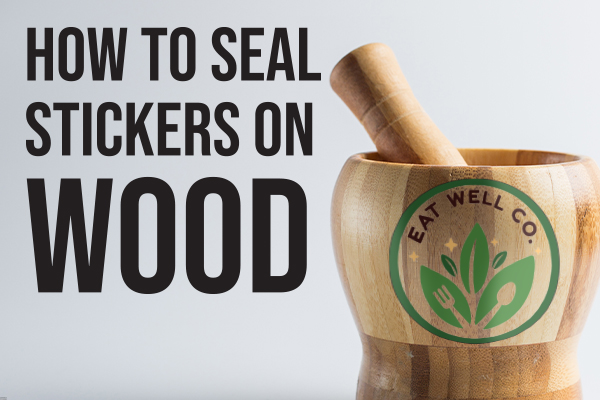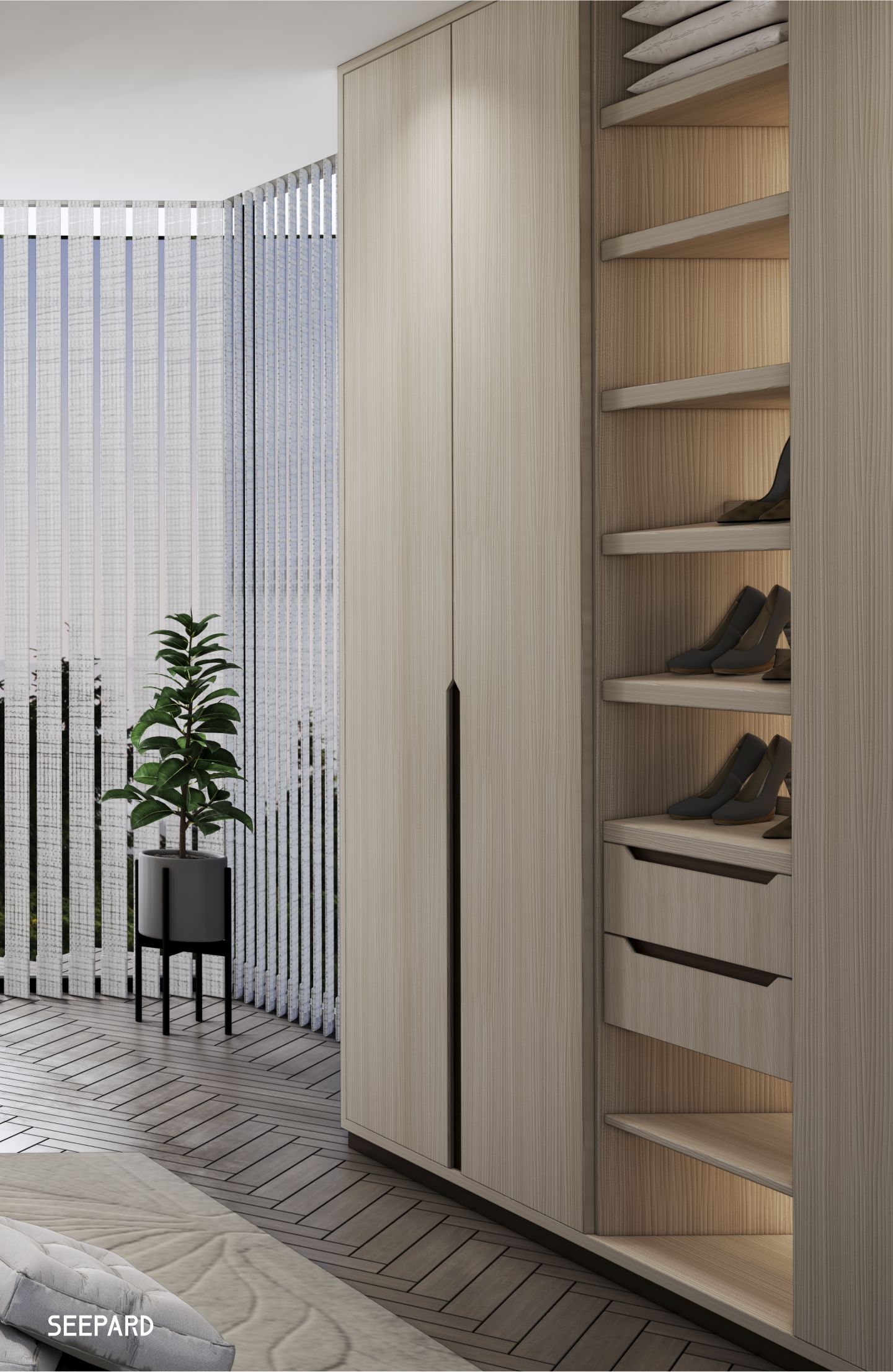- Balay
- How to Seal Stickers On Wood Furniture Decoration Paper
Abr . 30, 2024 14:53 Back to list
How to Seal Stickers On Wood Furniture Decoration Paper

As long as you use the right sticker material, stickers can be very versatile when it comes to their application. You can stick them onto glass, plastic, metal, and even wood!
If you want to decorate a wooden surface or object with specialty stickers, you’ll need to know how to seal them to keep the sticker design protected and ensure they last longer. We’ll show you how to do that in this article.
Can You Seal Vinyl Stickers On Wood?
Stickers can be applied onto almost any smooth, clean, and dry surface, including wood. However, the longevity of the application will ultimately depend on the sticker material used.
Vinyl stickers are the most suitable for decorating wooden objects or surfaces. Because they’re made of a highly flexible material and strong adhesive backing, they can stick to wood easily and stay there for a long time.
However, vinyl stickers also have a shelf life and can lose their quality and stickiness over time when exposed to several environmental factors. While sealing vinyl-based personalized stickers on wood is optional, it can be very helpful to ensure the project’s durability and long-lasting quality.
Follow These Tips When Working with Wood
Before you begin sealing your vinyl stickers on wood, consider the following tips to ensure a successful project.
- Use the right glue: When sealing vinyl on wood, choose a sealer or glue made specifically for vinyl stickers to provide adequate protection. Avoid glue that can cause discoloration on the wood. Decoupage glue, polyurethane coating, and white craft glue are your best options.
- Don’t use too much force: So you don’t damage the wood during the sealing process, avoid using too much force both on the sticker and the wooden surface.
- Be mindful of the heat: Applying too much heat on a wooden surface can cause warping or cracking, which not only damages the wood but also makes it difficult to work with. Always use only medium temperature on your heat source and hold the device a good distance away from the wooden surface.
- Be careful when using power tools: Take the necessary safety precautions before using power tools to prevent accidents and injury.
- Avoid paint or stain: Unless you want your project to look a specific way, it’s generally best to avoid painting or staining raw wood. This alters its color and, therefore, affects the look of your project.
How to Seal Stickers On Wood: Step-by-Step
Now, you’re ready to start sealing your vinyl stickers on wood. Here’s a step-by-step guide to help you through the process.
Step 1: Prepare the Wood Surface
Before anything else, you have to prep the surface. Clean the wood using a damp cloth to remove dust, dirt, and debris.
If your wood has a lacquer finish, use fine-grit sandpaper to lightly sand the surface. Make sure to remove loose particles with a tack cloth and maintain a smooth and clean surface before proceeding.
Step 2: Peel Off the Backing Paper
Now it’s time to take your vinyl sticker and remove the backing paper — that’s the sheet of paper that’s covering the sticker’s adhesive. Do this gently, grabbing one end of the backing paper and carefully peeling it off until fully removed.
MELAMINE PAPER MARBLE DESIGNED 70G 80G FOR FURNITURE DECORATION
Step 3 (Optional): Apply Heat to the Backing Paper
If the backing paper is too strong and difficult to peel off, you can opt to apply heat to soften the adhesive. Use an iron set to medium temperature or a hair dryer on low heat.
Hold your heating device 4 inches away from the vinyl sticker and move it back and forth over the sticker for 3-5 minutes. This should make it easier for you to peel the backing paper off.
Step 4: Brush Glue Over the Wood Surface
Next, take your wooden object and apply a thin layer of glue to its surface. You can use a sponge or a paintbrush to spread the glue more easily. Leave the glue to completely dry before proceeding to the next steps.
Step 5: Brush the Back of the Sticker
You’ll also need to apply glue to the back of the sticker for a stronger seal. Be careful not to apply too much to avoid a mess. Use your paintbrush to add a thin layer of glue to the sticker.
Step 6: Press and Smooth Out the Sticker
Proceed to press the sticker on the wooden surface and smooth out any wrinkles or air bubbles with a roller. Start from the center of the sticker and work outwards to help push the air out.
Step 7: Add Glue to the Sticker
After putting the sticker in its place, apply a thin layer of glue over the surface with your paintbrush. Let it dry for 15 to 20 minutes. After such time, brush a second layer of glue and let it dry completely.
Step 8: Apply Glue to the Wood Surface
To finish, apply another layer of glue to the entire wood surface. You can apply as many coats as you deem necessary, but make sure to allow each coat to dry before adding another layer of glue.
How to Seal Stickers on Wood: FAQs
Is there a way to seal stickers over wood?
You can seal stickers on wood by applying coats of glue or sealant. Clean the wooden surface before adding a thin layer of glue. Then, brush glue on the back of the sticker and stick it to your intended area. Apply another layer of glue on the wood surface for a stronger seal.
What can I use to seal stickers on wood?
To seal stickers on wood, you will need a quality sealer or glue. Some good options are decoupage glue or polyurethane coating. Alternatively, you can create a mixture of half-white craft glue and half-water.
How do you make stickers stick to wood permanently?
If you want to seal your stickers to a wooden surface permanently, you can coat the wood with a layer of varnish. After sealing the wood with glue and letting it completely dry, wipe the surface with a damp cloth to clean off dust and dirt. Use a paintbrush to apply varnish on the entire surface.
Latest news
-
White Contact Paper for Cabinets – Transform Your Kitchen
BalitaJun.13,2025
-
Duplex Board Paper: Properties and Manufacturing Process
BalitaJun.13,2025
-
Food Packaging Solutions: Why Duplex Board is a Top Choice
BalitaJun.13,2025
-
Best Types of Furniture Decoration Paper
BalitaJun.13,2025
-
What Are the Best Adhesives for Applying Furniture Decoration Paper?
BalitaJun.09,2025
-
Key Properties and Uses of Duplex Board Paper in Packaging
BalitaJun.09,2025


